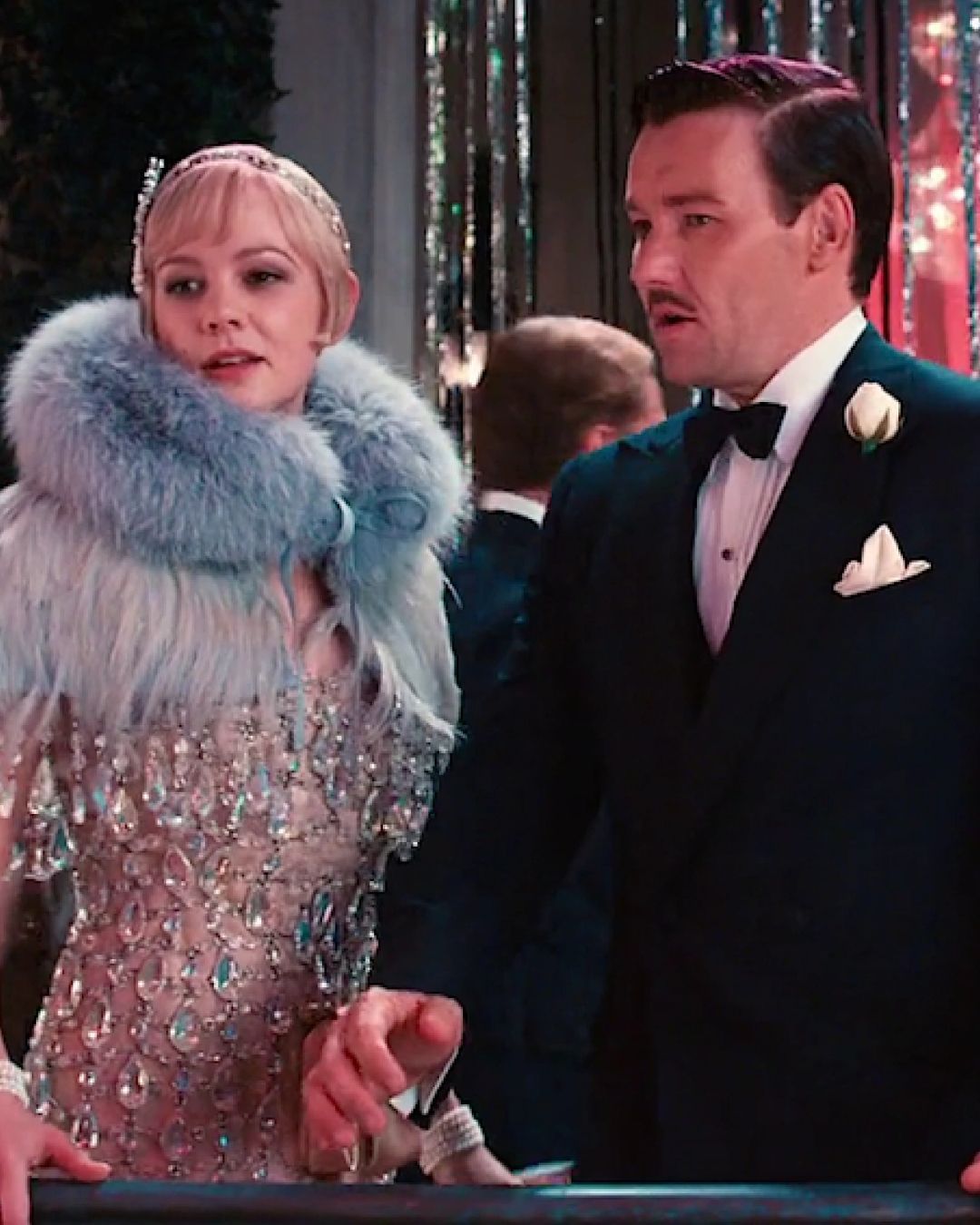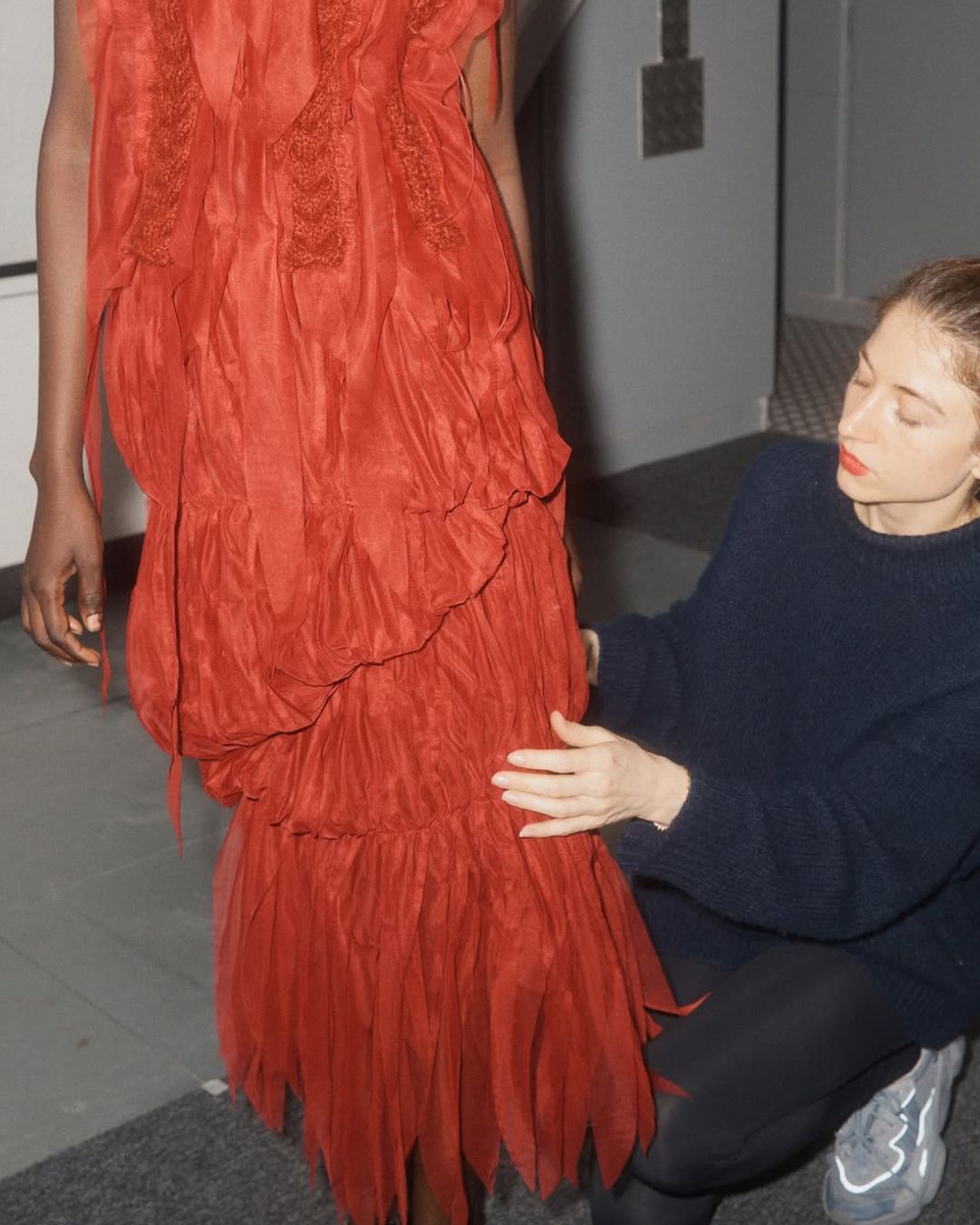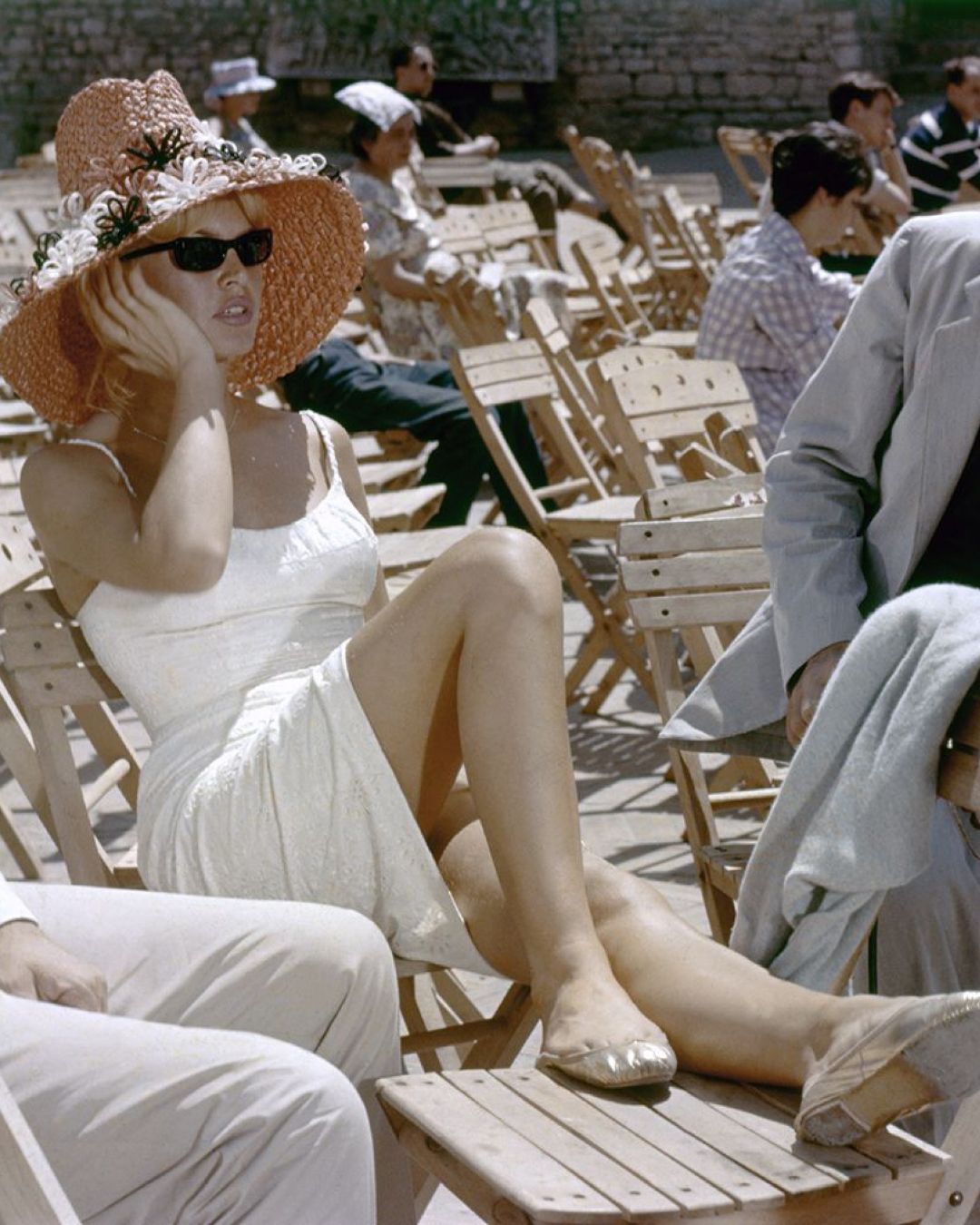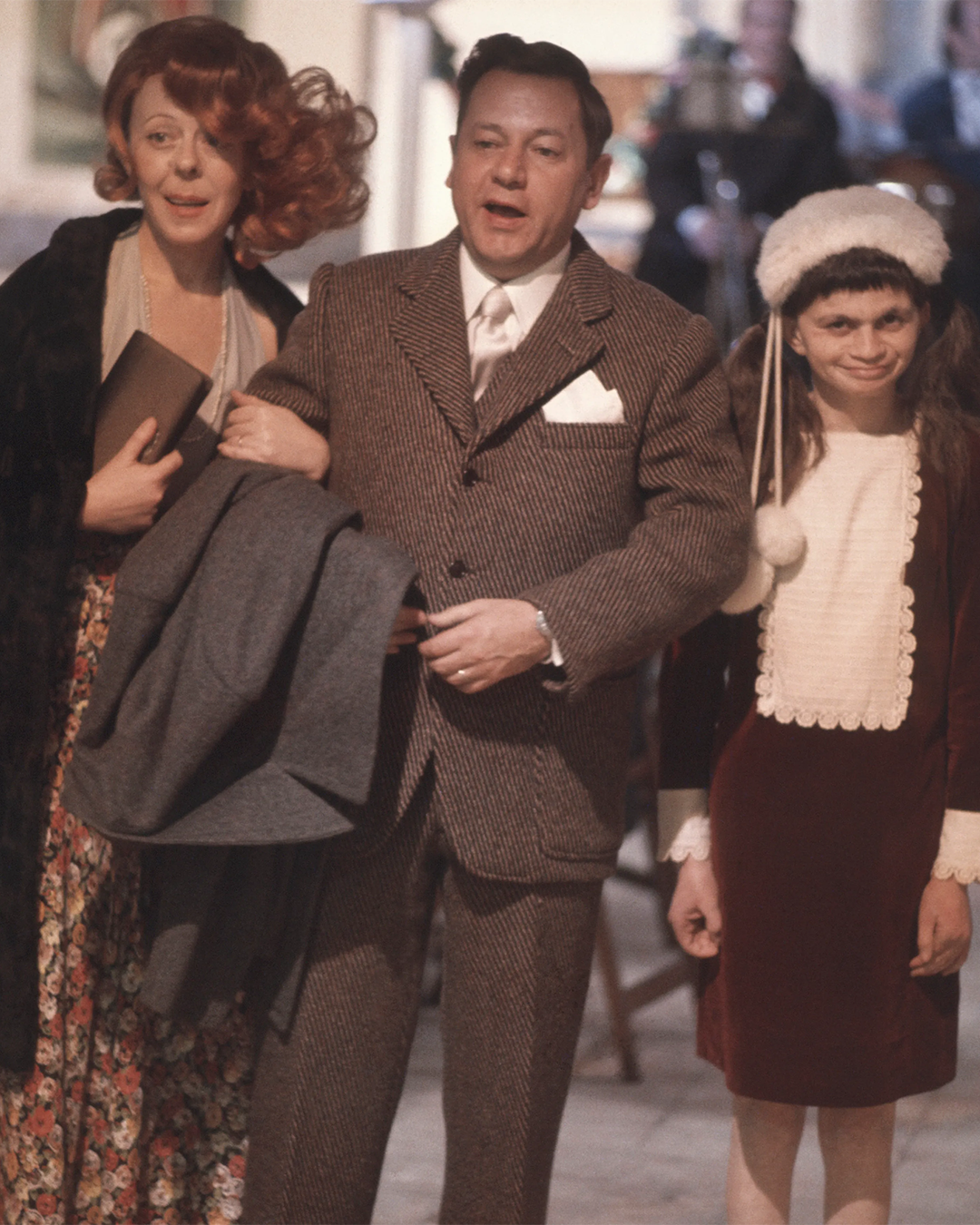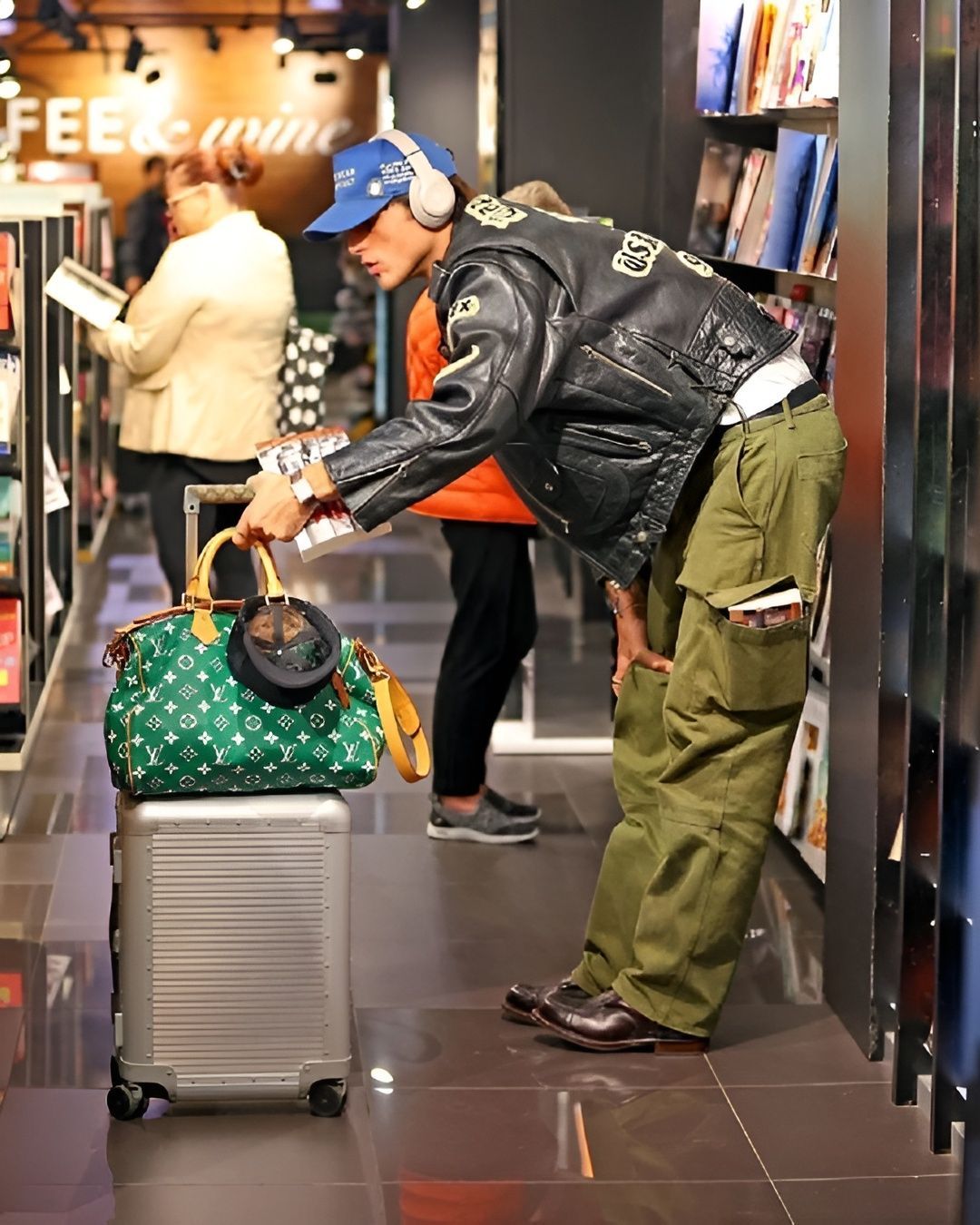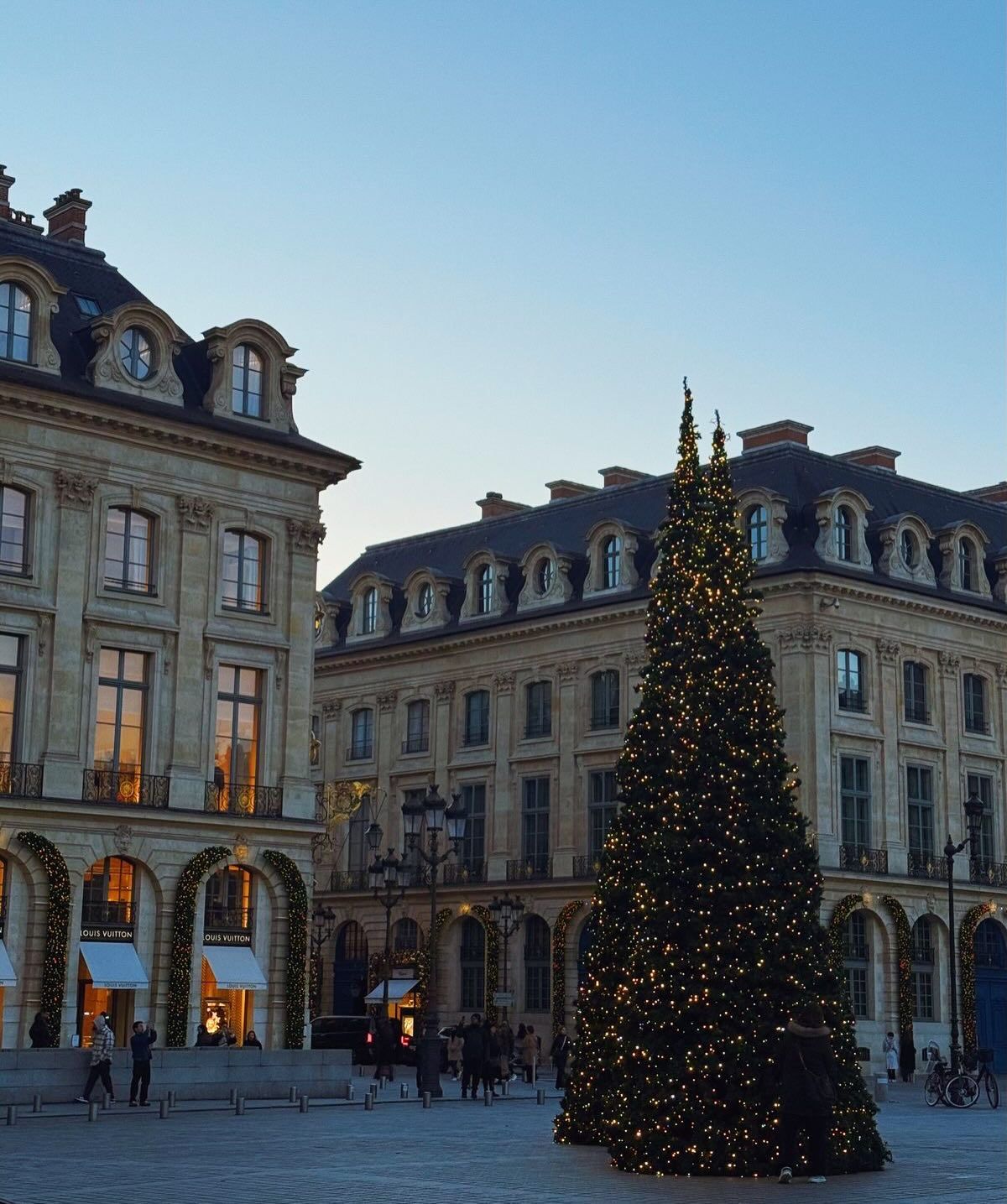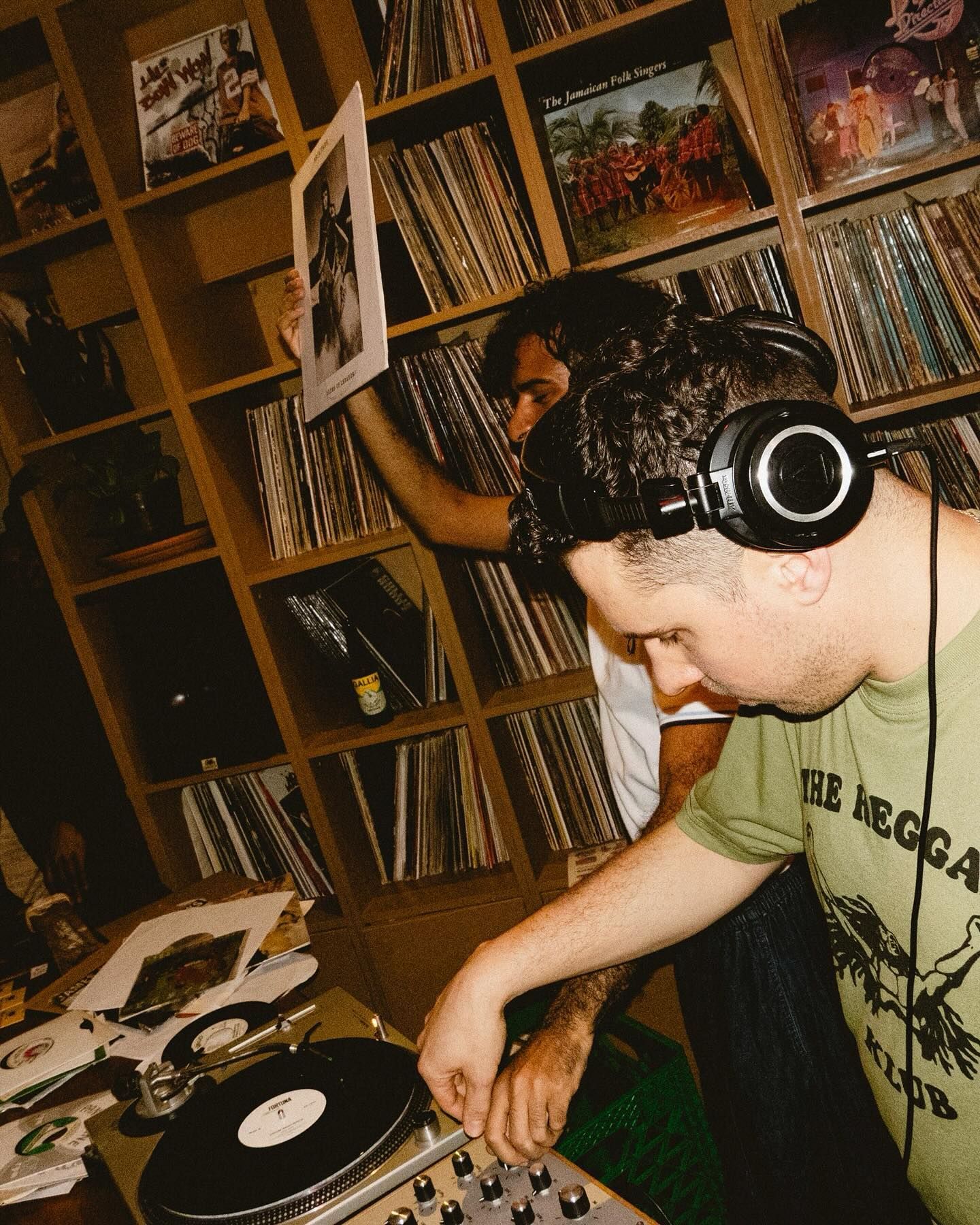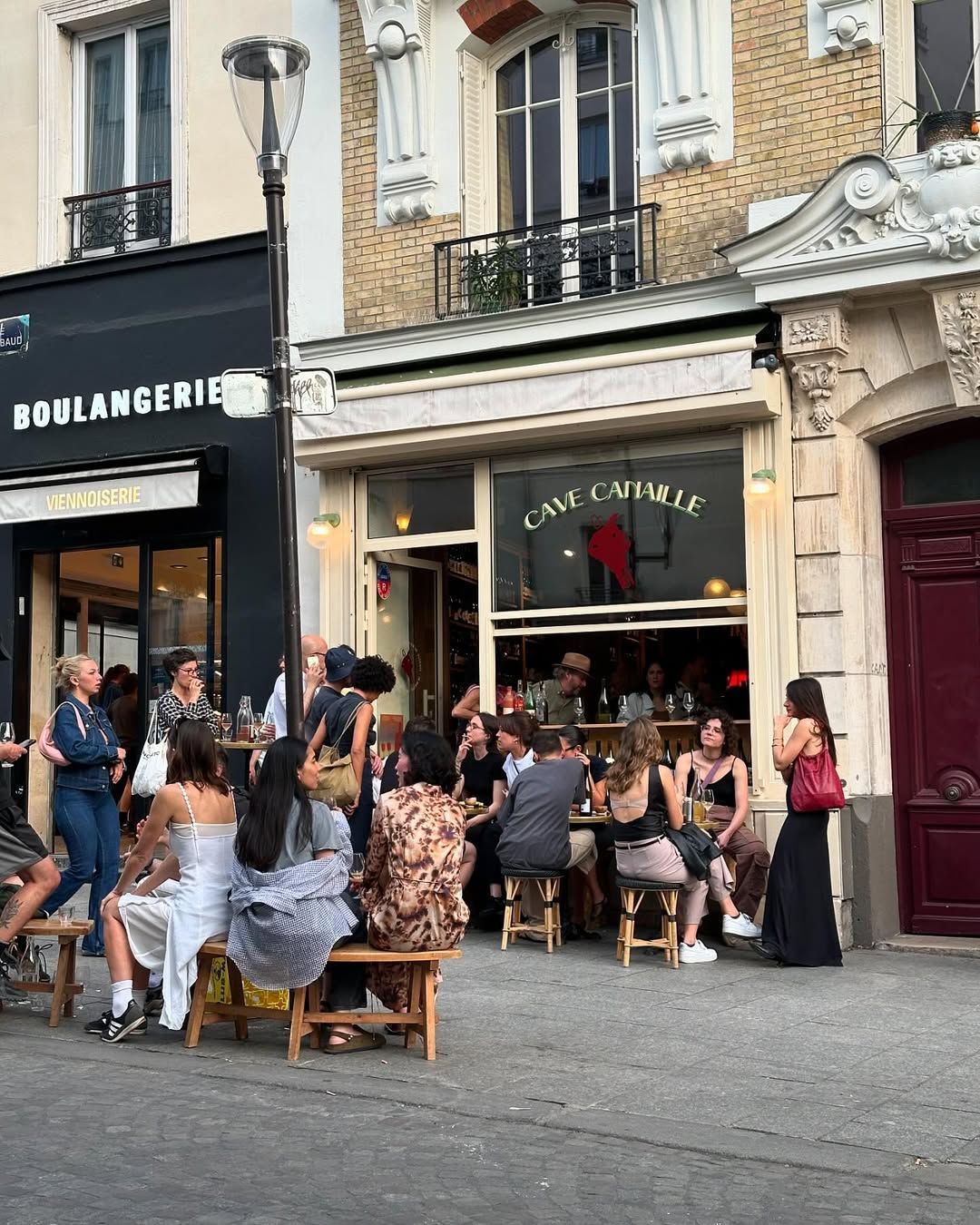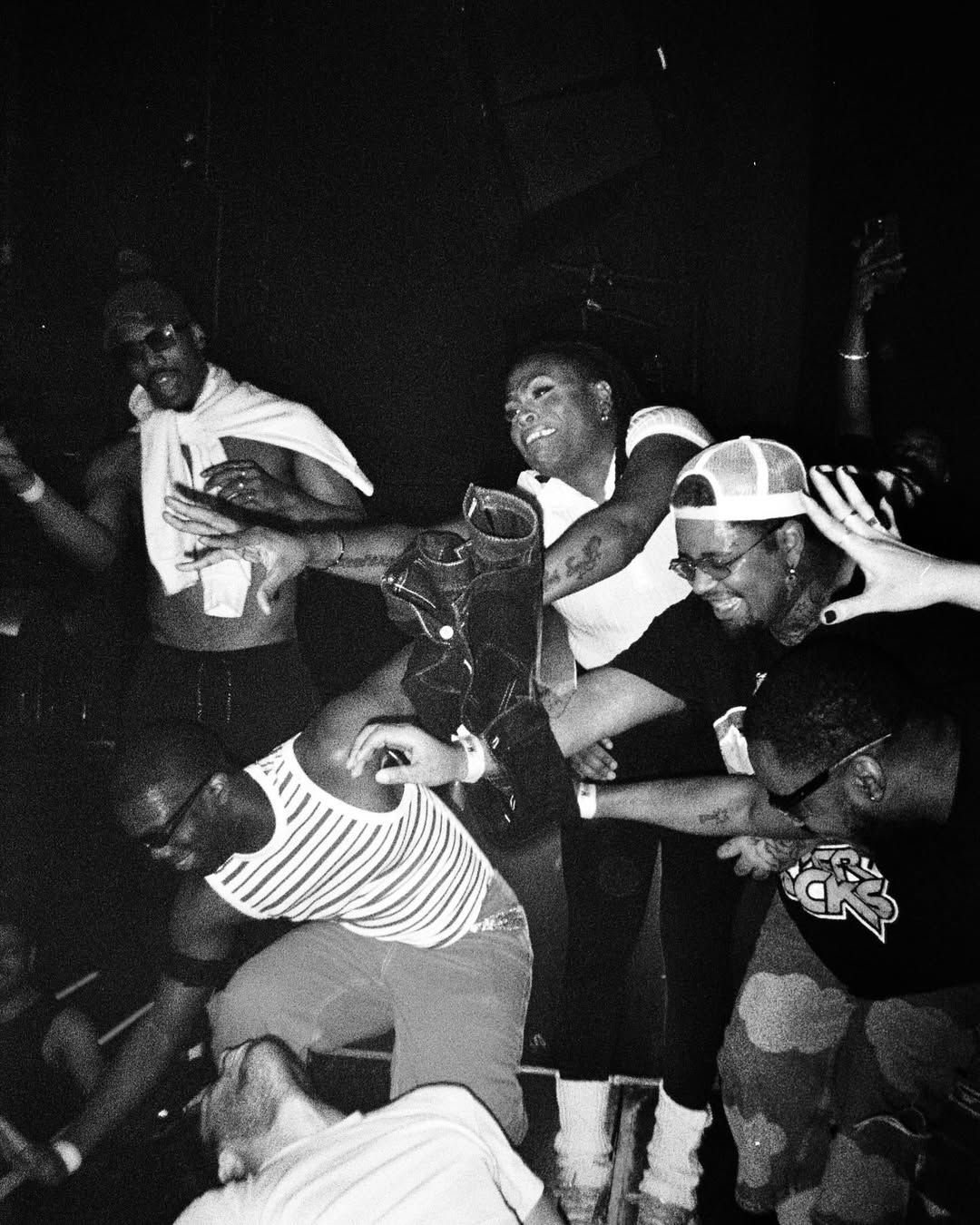
Will we see less graffiti in Paris from now on? Residents and the municipality are becoming increasingly intransigent on the issue
In recent months, the municipal administration of Paris has announced a stricter plan to contain the spread of graffiti and “tags” on the city’s walls and monuments. The issue is not new, but it has returned to the center of public and political attention ahead of next year’s municipal elections in France, which will also involve the capital. Reigniting the debate was, in particular, the complaint by the mayor of the four central districts of Paris, Ariel Weil, who criticized the condition of the famous monument to the Republic, located in Place de la République, whose base is often covered in graffiti and tags. This sparked a call for stricter controls, with more systematic use of surveillance cameras to identify perpetrators and proceed with targeted reports. French legislation already provides for significant penalties for those who deface public or private spaces. Penalties include fines ranging from around €3,700 to over €7,000, and in the most serious cases, up to €30,000 and two years in prison. However, harsher applications of the law remain rather rare. One of the few known cases dates back to 2022, when street artist Six Sax was sentenced to two months in prison (with a suspended sentence) and a €17,000 fine for repeatedly leaving his tag on walls in central Paris.
But beyond being a matter of urban decorum, graffiti represents above all an economic and logistical problem for the local administration. Every day, cleaning teams remove about 650 square meters of writings – an operation that costs the City over €6 million per year. Moreover, cleaning efforts are only carried out on surfaces accessible up to a height of 4 meters – as a result, removal progressively targets only part of the total. In the past two years, according to prefecture data, the number of graffiti-related cases handled by law enforcement has increased, rising from just over 300 to almost 500. Citizen participation has also grown, particularly through the municipal app DansMaRue, which allows Parisians to report issues related to public spaces. A significant portion of the reports sent over the past year concerned graffiti – a sign of growing attention to the phenomenon.
Graffiti: street art or not?
@carmenrequesens where to find street art in Paris! #paris #streetart #graffiti #belleville Say What You Will - James Blake
Despite the introduction of stricter measures, the question remains as to how effective an approach based primarily on repression can be. If the goal is to reduce the visual impact of graffiti, many wonder whether more surveillance and harsher penalties are enough to counter a practice so deeply rooted in many urban settings. The issue of graffiti, in fact, cannot be reduced to a legality-illegality dichotomy. It is a complex phenomenon, involving aesthetic, cultural, and social dimensions: from neighborhood identity to artistic expression, and the question of access to public space. For some citizens, any writing on walls is synonymous with decay; for others, graffiti represents a legitimate form of communication and creativity, often used by those who find no other channels of representation in the institutional narrative of the city.
Faced with this polarization, several European cities have chosen to integrate urban art into their regeneration projects, establishing authorized spaces and directly involving artists in decision-making processes. The Paris administration has also experimented with alternative solutions in the past. In the summer of 2023, for example, around €40,000 was allocated to commission artistic interventions on shop shutters. The idea was to prevent tags by decorating the surfaces with authorized murals, leveraging a principle of mutual respect among artists, according to which it is rare for a writer to overwrite another's work. It was an experiment that, while showing some effectiveness, also raised several criticisms, particularly due to the limited budget – considered excessively modest given the resources available to a capital city like Paris. Nevertheless, according to many experts, such an approach – if well planned and supported over time – could represent a more balanced and sustainable alternative to purely repressive measures, enhancing the cultural potential of graffiti.


